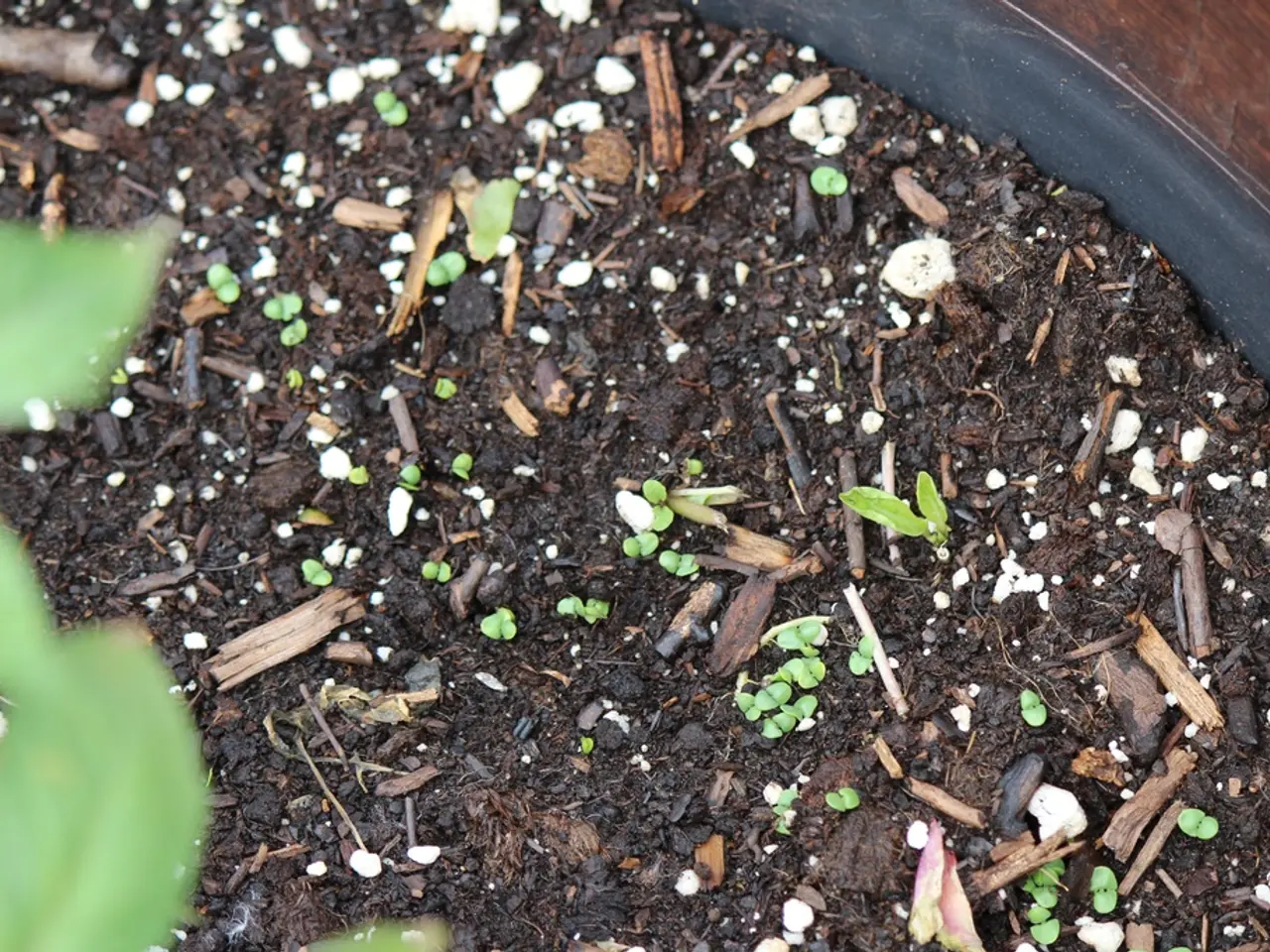Transforming Tough Soil for Gardening: Suggestions for Thriving Greenery Growth
In the world of gardening, one of the most challenging soil types to work with is compacted clay. However, with the right approach, it's possible to transform dense, unyielding clay into a more porous, fertile medium that supports healthy plant growth. Here's a guide to improving clay soil structure, based on soil science research and expert advice.
Firstly, adding organic matter is crucial. Compost, green manure, leaf mould, livestock manures, and worm castings all attract microorganisms, improving soil structure. Annual additions of 2-4 inches of organic matter can significantly improve soil aggregation, pore space, water infiltration, air movement, and root penetration in clay soils.
Aeration is another essential strategy. Whether by hand tools like broadforks or mechanical aerators when soil is firm, aeration breaks up compacted layers and increases space for air and water. However, it must be done carefully to avoid further compaction, especially when soil is wet, as heavy disturbance can harm soil structure.
Soil amendments, particularly gypsum, can also be beneficial. Gypsum helps improve clay soil structure by displacing sodium ions that cause compaction, thus improving drainage and reducing soil hardness. It loosens the soil matrix but works best combined with organic matter additions.
Avoiding walking or vehicle traffic on clay soils, especially when moist, prevents further compaction by preserving the fragile soil architecture and air spaces.
Planting cover crops is another effective method. Deep-rooted cover crops support natural aeration and organic matter input over time, helping rebuild soil structure and biological activity. Cover crops act as living tillers and organic matter contributors.
For persistent drainage issues, raised beds and improving site water movement (e.g., swales to redirect water) complement soil improvement efforts by reducing ponding and excess moisture in clay soils.
In summary, adding organic matter, aeration, gypsum amendments, avoiding walking on clay soil, planting cover crops, raised beds, and water management all contribute to transforming dense, compacted clay into a more porous, fertile medium that supports healthy plant growth and better water infiltration.
Table:
| Improvement Method | Effect on Clay Soil
Organic matter additions, such as compost and worm castings, attract microorganisms that can help improve the soil structure of dense clay soils by enhancing soil aggregation, water infiltration, and root penetration.
Aeration techniques like broadforks and mechanical aerators help break up compacted clay soil layers and increase air and water space, but should be done carefully to avoid further compaction, especially when the soil is wet.




